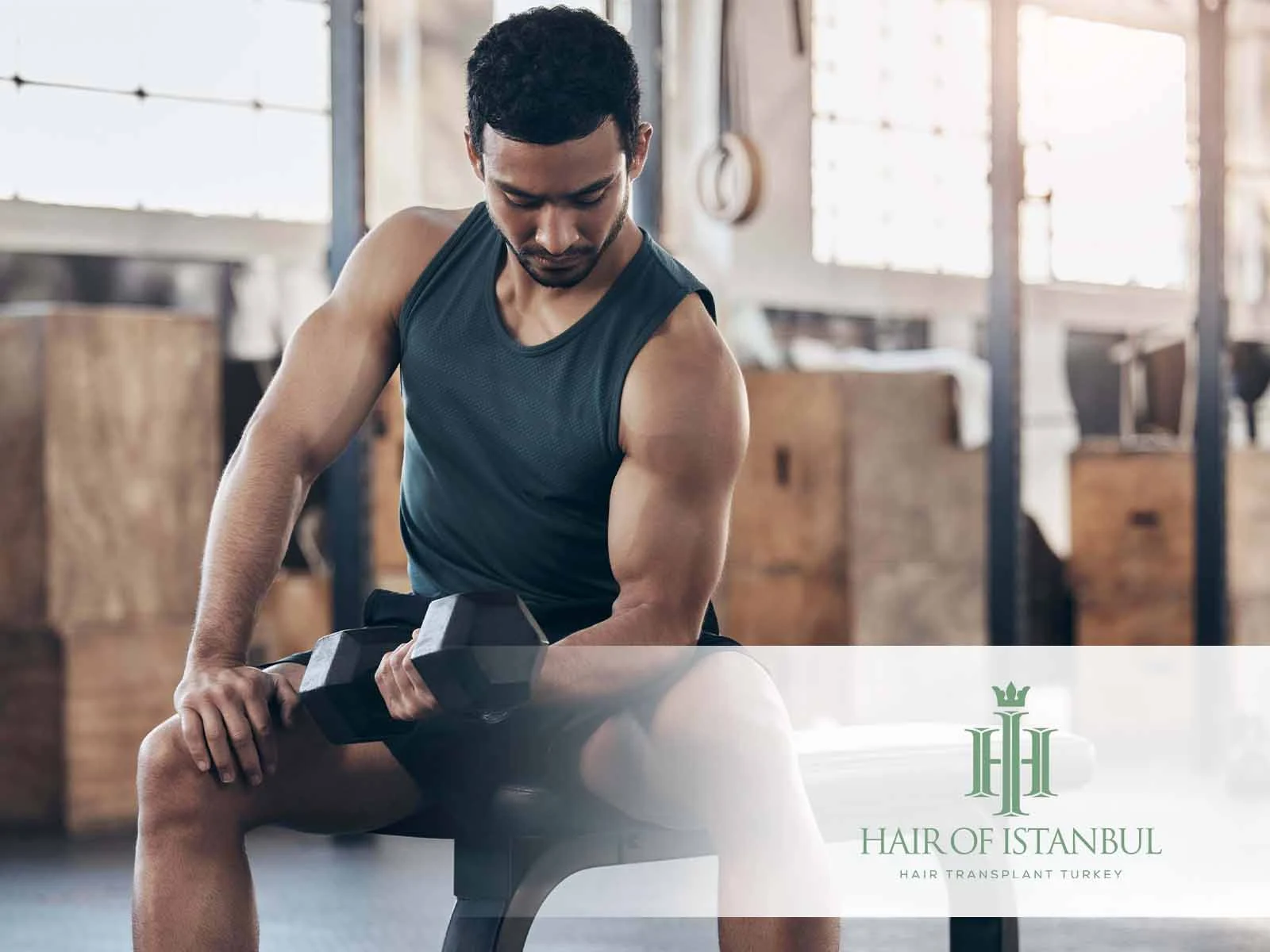
Exercise After Hair Transplant: The Complete 2025 Guide to Safe Recovery
One of the most common questions patients ask is: “When can I exercise after hair transplant?” Since physical activity is a key part of many people’s daily routine, understanding when and how to return to exercise is essential for protecting grafts, preventing complications, and ensuring a smooth recovery. This comprehensive 2025 guide explains the timelines, risks, recommended activities, and safe return-to-fitness protocols for anyone undergoing a modern FUE-based hair transplant.
Why Exercise After Hair Transplant Must Be Carefully Managed
A hair transplant—whether performed with FUE extraction and implantation methods such as DHI, Sapphire, or Slit—requires a sensitive healing period. The grafts undergo stabilisation during the first 10–14 days. Excessive movement, sweating, or increased blood pressure can disrupt this process.
This is why understanding the timeline for exercise after hair transplant is critical. Returning too soon can cause graft loss, irritation, scabbing issues, and delayed healing.
Can You Exercise 1–3 Days After Hair Transplant?
No. During the first 72 hours, the grafts are at their most vulnerable. Any activity that increases heart rate, causes sweating, or raises blood pressure may dislodge grafts. Even light stretching should be avoided.
During the First 3 Days, Avoid:
- Walking at a fast pace
- Jogging or running
- Gym workouts
- Bending, lifting, pushing movements
- Hot showers or steam exposure
Instead, focus on rest, hydration, and following medical after-care guidelines such as described in the official after-care page.
Light Exercise After Hair Transplant: When Is It Safe?
Patients are typically allowed to resume very light activity after Day 7, provided there is no sweating or pressure on the scalp.
Safe Light Activities After 7 Days
- Slow, relaxed walking
- Gentle stretching
- Breathing exercises
- Short low-intensity mobility sessions
Even at this stage, patients must avoid sweating, as moisture can irritate the healing skin and increase the risk of infection.
When Can You Return to Moderate Exercise After Hair Transplant?
Moderate exercise—anything that raises the heart rate noticeably—can usually begin between Days 10–14. By this time, the grafts have anchored firmly, and the donor area has largely completed its early healing phase.
Examples of Moderate Activities
- Brisk walking
- Elliptical machine
- Stationary bike (low resistance)
- Light bodyweight training avoiding the head-down position
If any redness or irritation appears, scale back activity for a few days.
Heavy Exercise After Hair Transplant: The 3–4 Week Rule
High-intensity workouts should be avoided for at least 21–30 days. This includes any activity that causes sweating, increases blood pressure significantly, or creates tension in the scalp.
Activities to Avoid for 3–4 Weeks
- Weightlifting (especially overhead and compound lifts)
- High-intensity interval training (HIIT)
- Running or sprinting
- CrossFit or powerlifting
- Heavy resistance cycling
After Week 4, most patients can resume these activities gradually. However, shaving or buzzing the donor area should wait until full sensitivity fades, typically 6–8 weeks.
Swimming After Hair Transplant: A Special Category
Chlorine, bacteria, and saltwater pose risks to healing skin. For this reason, most clinics recommend waiting:
- 3–4 weeks for swimming in the sea
- 4–6 weeks for swimming in pools
This timeline ensures that the donor area and recipient zones have fully sealed and regenerated.
Sauna, Steam Room, and Hot Yoga After Hair Transplant
These must be avoided for at least 4 weeks. Heat and humidity increase swelling, sweating, and vasodilation, potentially disturbing early graft stability.
Contact Sports After Hair Transplant
Activities with risk of impact or friction—such as football, basketball, boxing, jiu-jitsu, or wrestling—should be avoided for 6–8 weeks.
Any accidental hit to the scalp can damage grafts even after they have anchored.
Why You Must Avoid Sweating After Hair Transplant
Sweat contains salt and bacteria that can irritate healing tissue. Excessive sweating may lead to:
- Itching and inflammation
- Infection risk
- Prolonged redness
- Slower scab removal
This is why early stages of exercise after hair transplant require strict sweat control.
Exercise After Hair Transplant and the Donor Area
The donor area heals quickly after FUE extraction. However, stretching movements, bending, or intense upper-body workouts can increase blood flow to the scalp, potentially causing unnecessary discomfort.
To understand donor health and long-term behaviour, visit our guide on the donor area for hair transplant.
Does Exercise Affect Hair Growth After Transplant?
Moderate exercise has long-term benefits for hair health by improving circulation and reducing stress hormones. However, the key is timing—starting too early may irritate the scalp, while a controlled return enhances overall healing.
Positive Effects After Full Healing
- Improved oxygenation to follicles
- Hormonal balance
- Better sleep patterns
- Reduced stress levels
How to Protect Your Hair During Exercise After Hair Transplant
- Avoid hats for the first 10–14 days
- Use a soft towel to gently pat sweat—never wipe
- Exercise indoors to control temperature
- Choose low-sweat routines for the first 2–3 weeks
Consistency in after-care dramatically improves comfort and long-term density.
When Should You Contact the Clinic?
If during exercise after hair transplant you notice:
- Unexpected pain
- Visible bleeding
- Pus or signs of infection
- Sudden swelling
Immediate medical evaluation is recommended. For general medical information on scalp health, you may also consult the NHS hair loss resource.
Conclusion
The golden rule is simple: exercise after hair transplant should be resumed gradually, beginning with rest, progressing to light movement, and returning to full routine only after 3–4 weeks. With proper timing, graft protection, hygiene, and hydration, the healing process remains smooth and predictable. A carefully structured return to fitness ensures both comfort and long-term results.
 en
en TR
TR  SK
SK  ITA
ITA  FR
FR  DE
DE  ES
ES  BG
BG